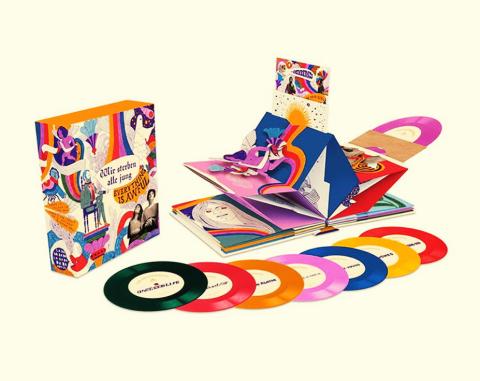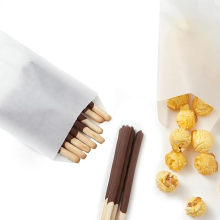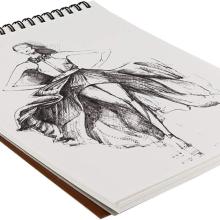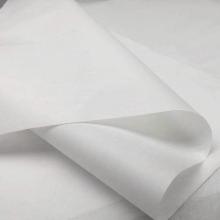Colored board(Colored paperboard) is a special thick paper product based on a high-quality white paperboard process. White paperboard is usually made from wood pulp to which fillers and neutral sizing agents are added to ensure good physical properties and printability. Colored paperboard, on the other hand, is produced by dyeing the pulp during the white paperboard production process, which gives the paper its rich color. Its thickness is between ordinary paper and paperboard, and its dosing range is generally from 80g/m2 to 400g/m2, with smooth and delicate surface texture and high firmness.
Features
- Variety of color options: A special feature of colored paperboard is its wide range of color options, offering a wide range of vibrant and stable colors to meet different design requirements.
- Excellent physical properties: high stiffness and breaking strength, not easily deformed or cracked by moisture, suitable for products requiring structural support.
- High-quality appearance: after calendaring, coating and other post-treatment processes, the surface of colored paperboard is smooth and glossy, suitable for high-quality graphic printing and decorative effects.
- Environmentally friendly materials: made mainly from high-quality wood fibers, colored paperboard has certain environmental attributes, and some products may also be waterproof.
- Strict quality standards: in line with international paper industry standards, there are strict quality control in terms of whiteness, ash content, paper dust control and so on.
Applications
- Graphic design and printing industry: Color paperboard is widely used in business cards, invitations, brochures, packaging boxes and other design and printing fields to increase the visual impact and tactile level.
- Handicraft creation: ideal material for children's handcraft education, paper-cutting art, three-dimensional greeting card production and various DIY creative activities.
- Educational materials: as a teaching aid, it can be used for template making in art courses and as a base material for collage art works.
- Commercial display and marketing: shop window display labels, commodity packaging labels, price labels, etc., to enhance the attractiveness of goods.
- Framing and Publishing: It plays a key role in the fields of book cover design, album liner, album interior, etc. to enhance the artistic effect and grade of the overall framing.
Product Category





